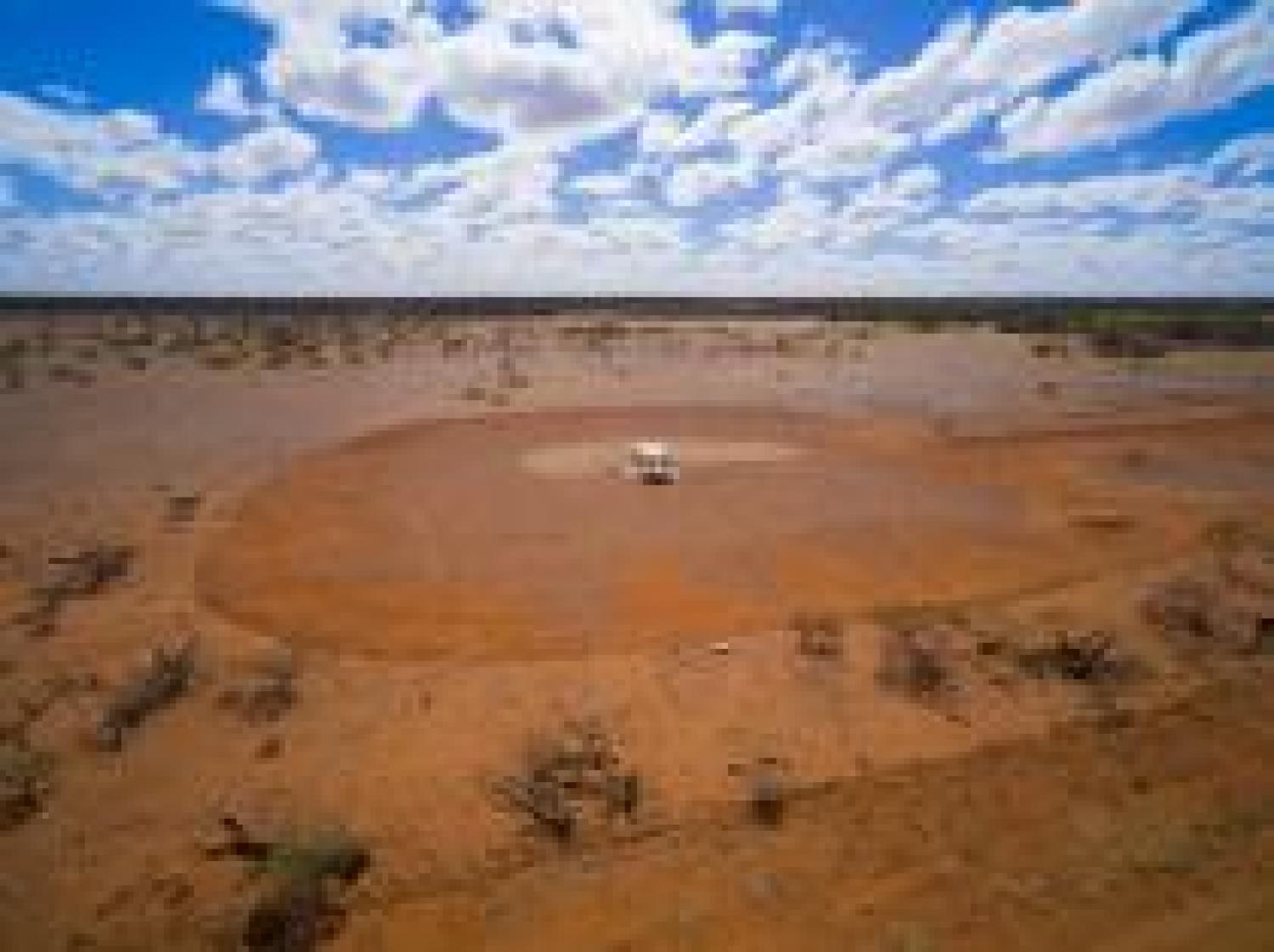Astronomers Use Radio Waves to Look Back at First Stars in the Universe

From KJZZ 91.5 Radio: The story of the universe as we know it and the planet we live on begins with the first star. In 2016, the Hubble Telescope measured the oldest known galaxy in the universe — one that formed 400 million years after the Big Bang.
A group of astronomers has sliced that record in half with new findings that suggest the oldest stars formed 180 million years after the Big Bang. The study is a collaboration between ASU and MIT and was published this week in the journal Nature.
Dr. Judd Bowman is an astrophysicist at ASU who co-authored the study. And he sort of knows how to travel back in time. “Every telescope is a time machine, so the farther away we look, the farther back in time we see,” Bowman said.
It’s not like a TARDIS or a flying DeLorean, but Bowman works with technology that picks up traces of the distant past — signals in the sky leftover from the universe’s earliest moments. Think about it as the first stars sending a letter to a pen pal that didn’t exist yet. But the letter isn’t so easy to read. Read more and listen to the audio...

